When we think of serial killers, the images that come to mind often involve notorious male figures like Ted Bundy, Jeffrey Dahmer, or John Wayne Gacy. However, history is replete with stories of female serial killers whose dark deeds have been overshadowed by their male counterparts.
In this exploration, we delve into the often-overlooked narratives of these women, uncovering their motives, methods, and the reasons behind their relative obscurity.
Belle Gunness
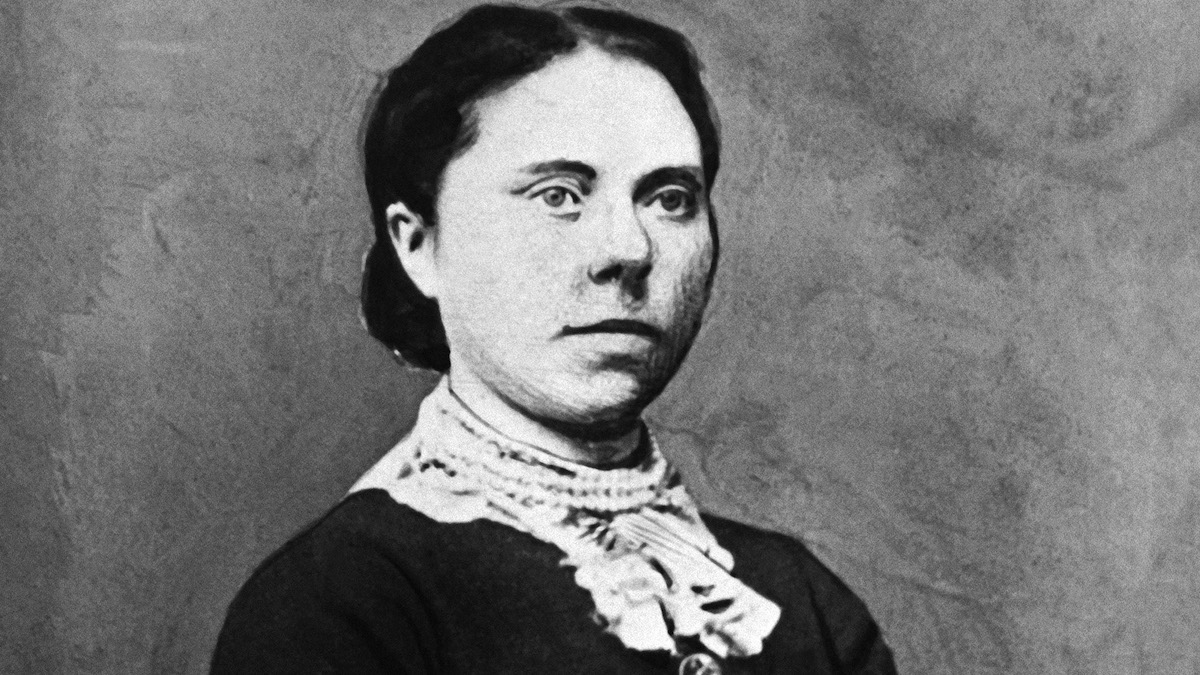
Belle Gunness, a Norwegian-American woman, gained infamy in the early 20th century for her gruesome and chilling crimes. Born in 1859, she migrated to the United States in the late 19th century, and settled in La Porte, Indiana. Belle was known for her charm and beauty, which masked a dark and sinister nature. Operating a farm, she lured numerous suitors with the promise of love and financial stability, only to systematically murder them for their money and assets.
Gunness is believed to have killed at least 14 people, including her two husbands and several children. Her method of choice was poison, but she was not averse to using more violent means when necessary. The full extent of her crimes was discovered in 1908, when the authorities, investigating the disappearance of several men linked to her, uncovered a gruesome scene on her property, with evidence suggesting she dismembered and disposed of her victims. Belle Gunness remains a haunting figure in criminal history, symbolizing the depths of human depravity and the ability to disguise evil beneath a veneer of charm.
Mary Ann Cotton
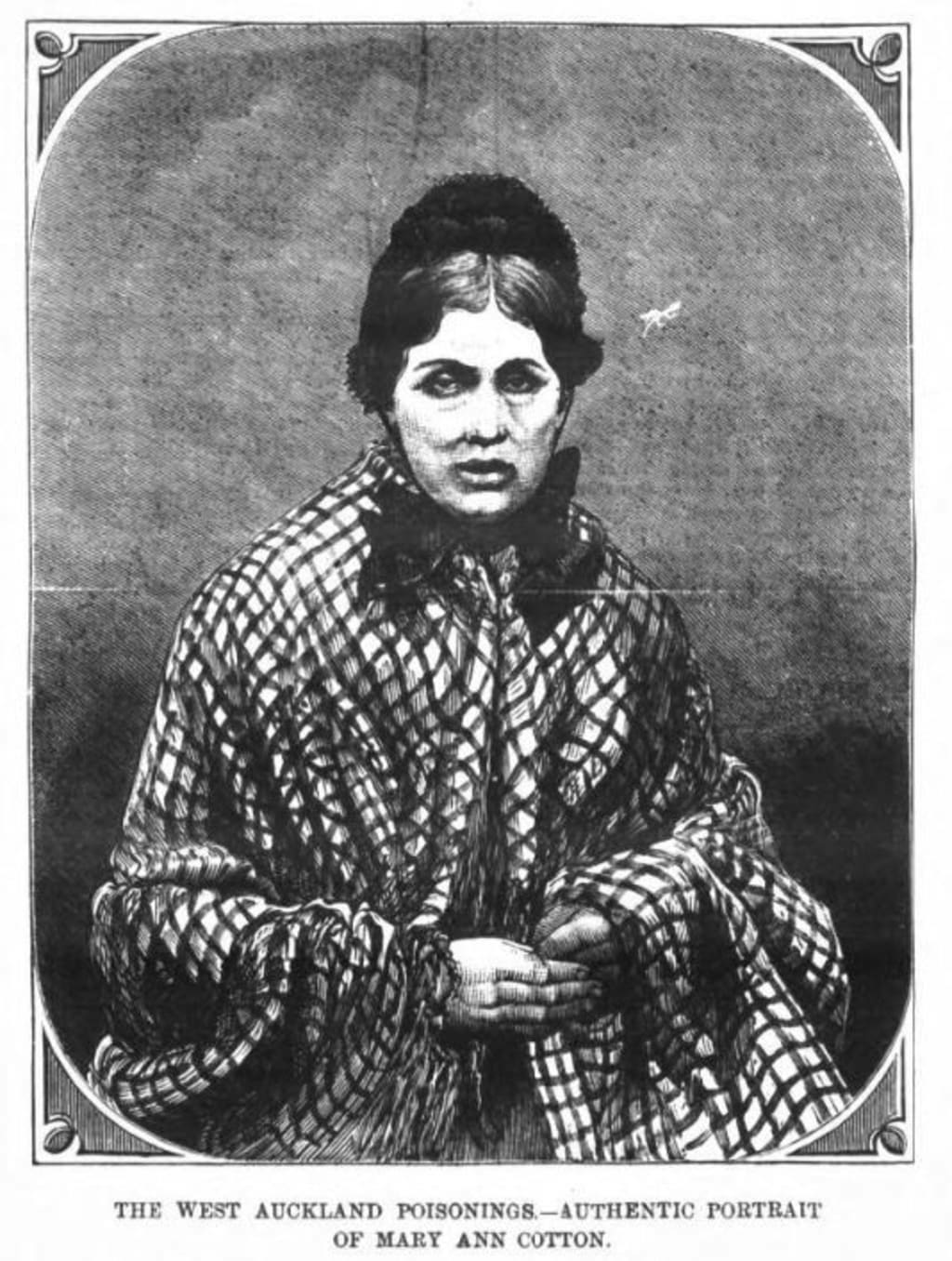
Mary Ann Cotton, a notorious English serial killer, left a dark mark on the 19th century with her heinous crimes. Born in 1832, Cotton gained infamy for the calculated and deadly use of arsenic to dispatch multiple family members, including husbands and children.
Her sinister spree, often driven by a desire for insurance payouts and financial gain, began in the mid-1850s and continued for several years. Cotton’s methodical approach involved moving from one victim to the next, leaving a trail of death in her wake. Her charm and seemingly caring demeanor allowed her to evade suspicion, making her one of the most cunning and elusive criminals of her time.
Authorities finally caught up with her in 1873, and she was convicted of murder. Mary Ann Cotton stands as a chilling example of a female serial killer who exploited societal norms and expectations to carry out her gruesome acts, leaving behind a legacy of fear and disbelief in her wake.
Jane Toppan
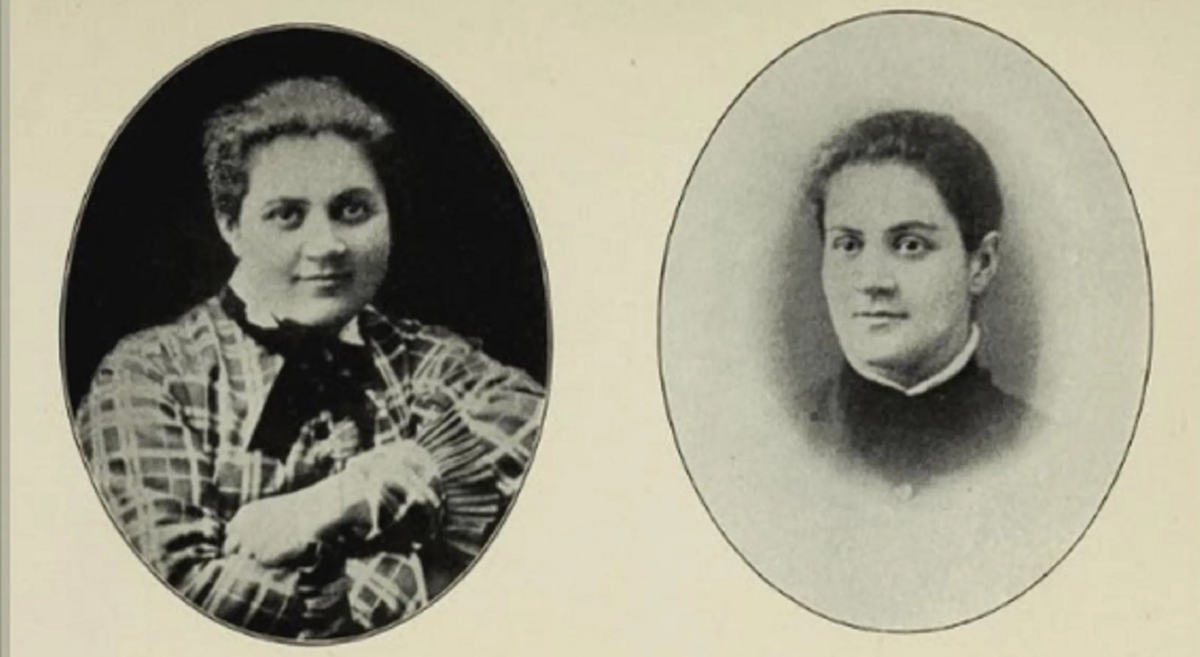
Jane Toppan, an American nurse, earned notoriety in the late 19th and early 20th centuries for her dark and twisted murders. Born in 1857, Toppan worked as a nurse in Massachusetts, and used her profession to carry out a series of gruesome killings. Unlike many other notorious serial killers, Toppan’s motive wasn’t financial gain but a perverse pleasure derived from watching her victims succumb to poison. She administered lethal doses of drugs, particularly morphine and atropine, to patients under her care, relishing the intimate act of murder.
Her crimes went undetected for years due to her seemingly caring and competent demeanor. Toppan’s true nature was revealed in 1901, when suspicions arose about the unusually high mortality rate among her patients. During her trial, she confessed to killing at least 31 people, although the actual number may be higher. Jane Toppan’s case stands as a chilling example of a healthcare professional betraying the trust placed in them, using their position to carry out sadistic acts of murder.
Juana Barraza
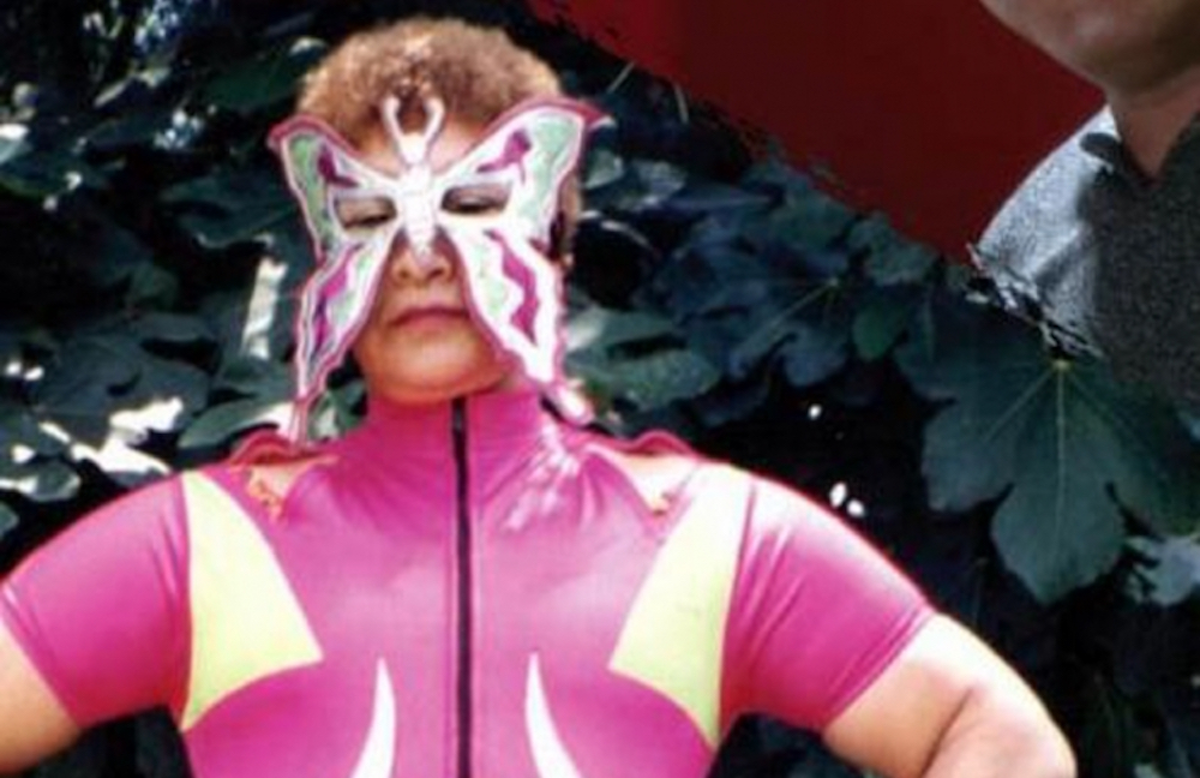
Juana Barraza, also known as “La Mataviejitas” (The Old Lady Killer), is a Mexican serial killer who terrorized the elderly in the early 2000s. Born in 1957, Barraza initially gained public attention as a professional wrestler. However, her life took a sinister turn when she began targeting elderly women, mainly those living alone. Using a variety of methods, including strangulation and blunt force, she carried out a series of brutal murders between 2002 and 2003.
Barraza often posed as a government official or social worker to gain access to her victims’ homes before attacking them. Her motives remain unclear, with some speculating that a troubled relationship with her own mother played a role. Barraza was finally apprehended in 2006 and sentenced to 759 years in prison for her crimes. The case of Juana Barraza serves as a grim reminder of the diversity of motives and methods employed by serial killers, highlighting the vulnerability of marginalized populations to such heinous acts.
Gwen Graham and Cathy Wood
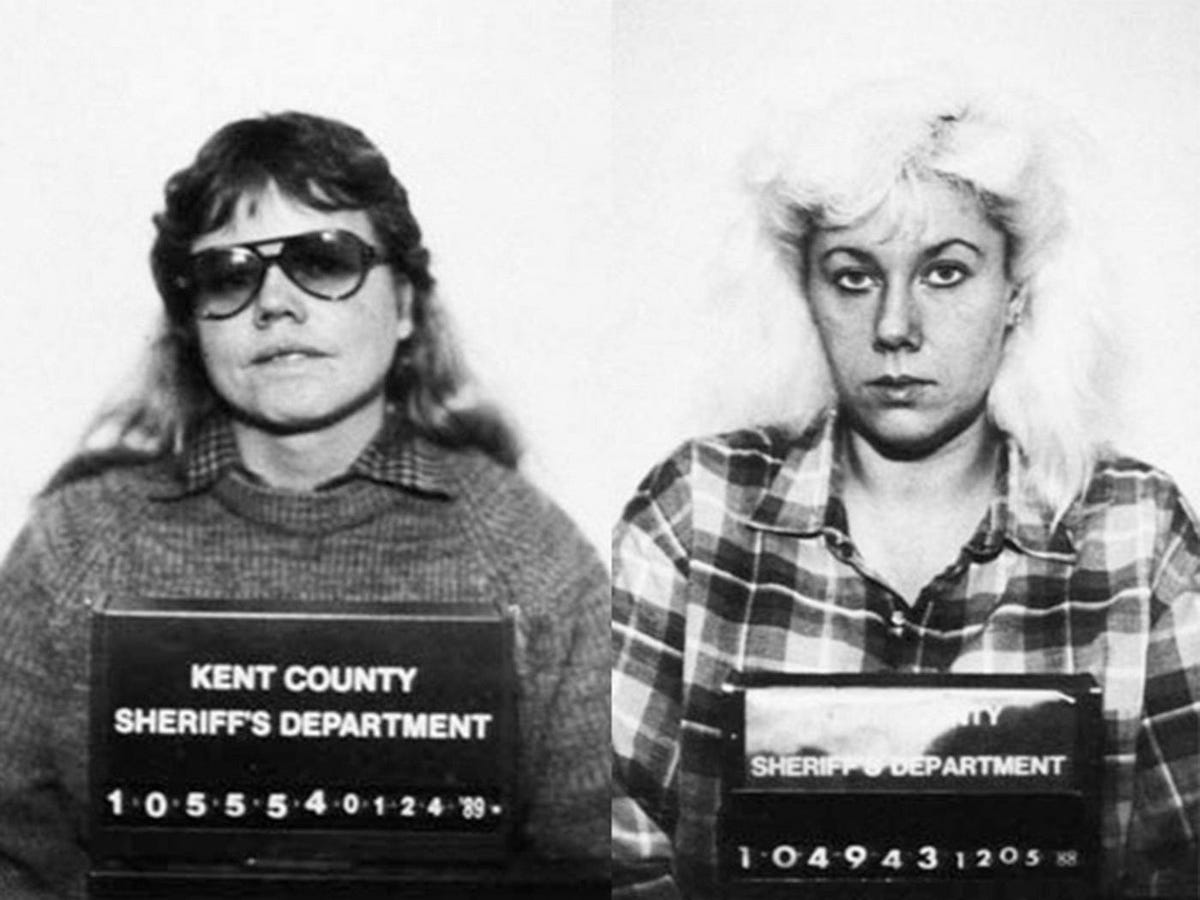
Gwen Graham and Cathy Wood, also infamously known as the “Lethal Lovers,” were an American couple whose disturbing crimes shocked the nation in the late 1980s. Operating in Michigan, Graham and Wood were convicted of killing five elderly women in the Alpine Manor nursing home between 1986 and 1987. The two women, who were nursing aides at the facility, committed the murders as part of a bizarre pact rooted in a twisted romantic relationship. Their method involved smothering their victims, and the murders were staged to look like natural deaths, leading to a lengthy period of undetected criminal activity.
The motive behind their crimes appeared to be a macabre bond formed through a shared desire for power and control. Graham and Wood were eventually apprehended in 1988, when Wood confessed to the murders, leading to the arrest and subsequent conviction of both women. The case of Gwen Graham and Cathy Wood stands as a chilling example of the dark and disturbing alliances that can form, even in unexpected places, resulting in tragedy and loss.
Leonarda Cianciulli
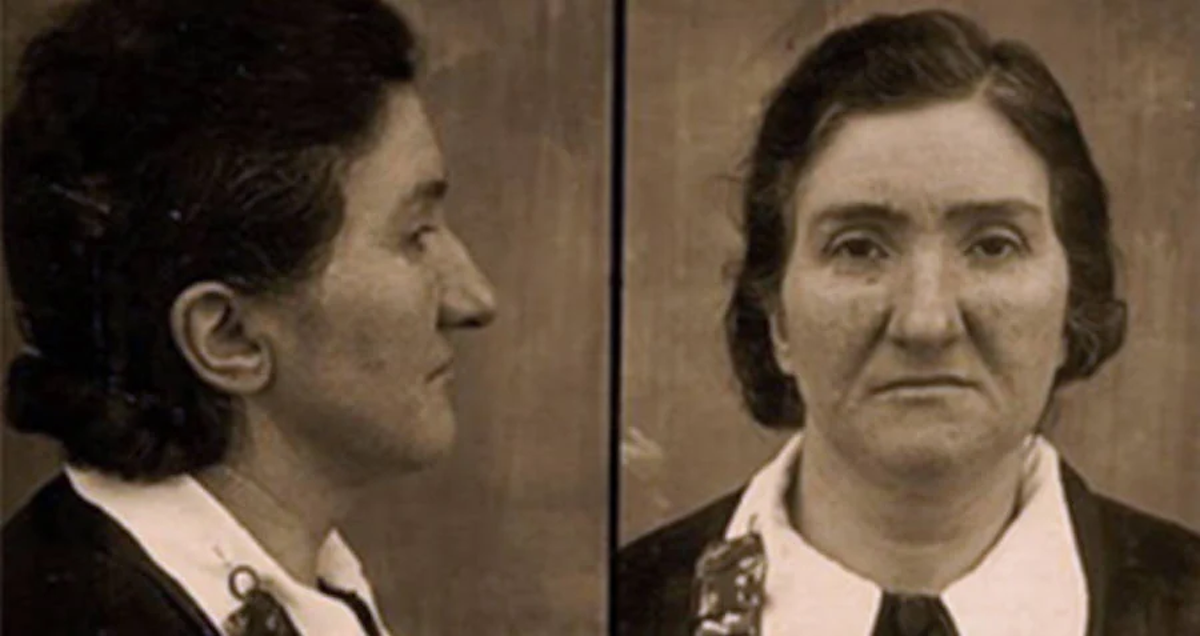
Leonarda Cianciulli, an Italian serial killer, earned the moniker “Soap-Maker of Correggio” for her gruesome and macabre crimes in the 1930s. Born in 1893, Cianciulli was known for her extreme superstitions and a belief in fortunetelling. In a bid to protect her son from military conscription during World War II and secure financial prosperity, she orchestrated a series of murders.
Leonarda lured three women to her home under the pretext of finding them suitable husbands, then brutally murdered them with an axe and dismembered their bodies. She used their remains to make soap and teacakes, believing that this would help her achieve her desired outcomes. Cianciulli’s crimes were eventually discovered in 1940, leading to her arrest and subsequent trial. She confessed to her deeds and was found guilty of murder. Leonarda Cianciulli’s case remains one of the most bizarre and horrifying examples of criminality, illustrating the depths of human depravity driven by a disturbing blend of superstition and desperation.
In a book she wrote titled An Embittered Soul’s Confessions, Cianciulli described her first murder:
“I threw the [body] pieces into a pot, added seven kilos of caustic soda, which I had bought to make soap, and stirred the whole mixture until the pieces dissolved in a thick, dark mush that I poured into several buckets and emptied in a nearby septic tank. As for the blood in the basin, I waited until it had coagulated, dried it in the oven, ground it and mixed it with flour, sugar, chocolate, milk and eggs, as well as a bit of margarine, kneading all the ingredients together. I made lots of crunchy tea cakes and served them to the ladies who came to visit, though Giuseppe and I also ate them.”
The media and society at large play a significant role in perpetuating the obscurity of female serial killers. Gender bias in reporting often focuses on the sensational aspects of male perpetrators, relegating female offenders to the background. The public’s fascination with the seemingly incongruous nature of women as violent criminals may contribute to the oversight of their crimes. This societal bias not only affects public awareness but also influences how these crimes are investigated and portrayed in the media.
Understanding their stories is crucial not only for historical accuracy, but also for a comprehensive grasp of the factors that drive individuals to commit serial murder. The relative obscurity of these women highlights the need to reevaluate societal perceptions, challenge gender biases in reporting, and recognize that evil knows no gender. As we delve into the hidden histories of these female serial killers, we unveil a complex tapestry of motives, methods, and societal attitudes that shape the narratives of these often-overlooked criminals.

